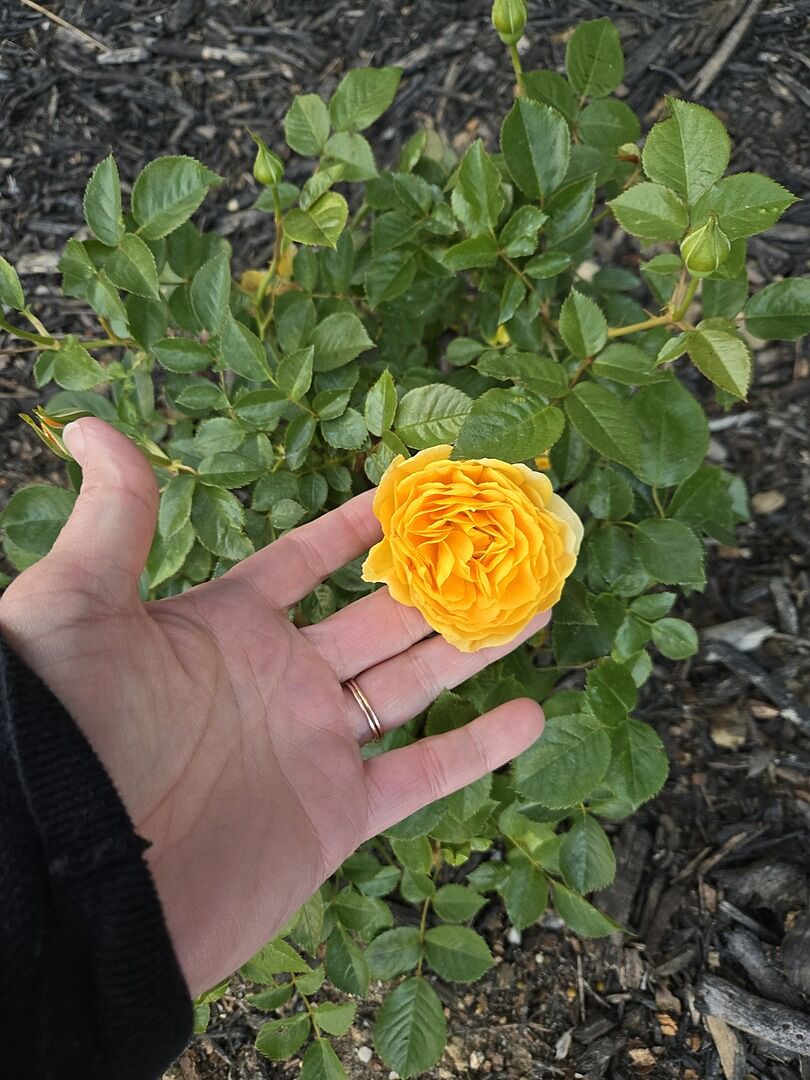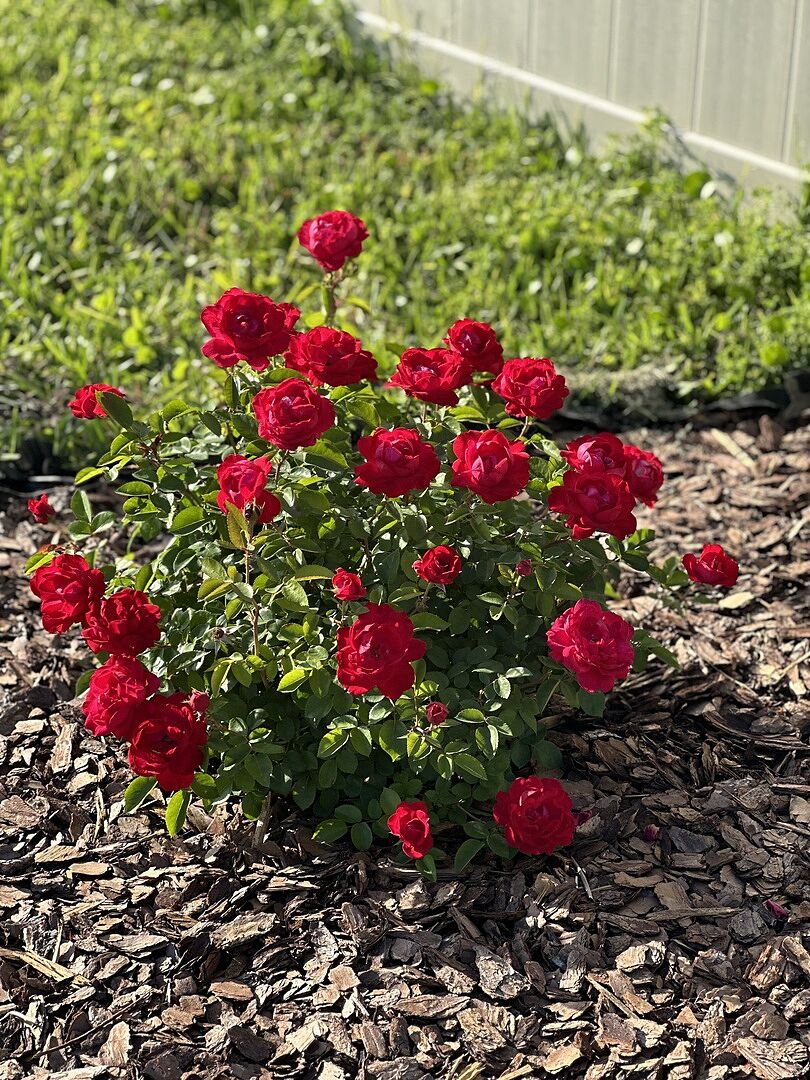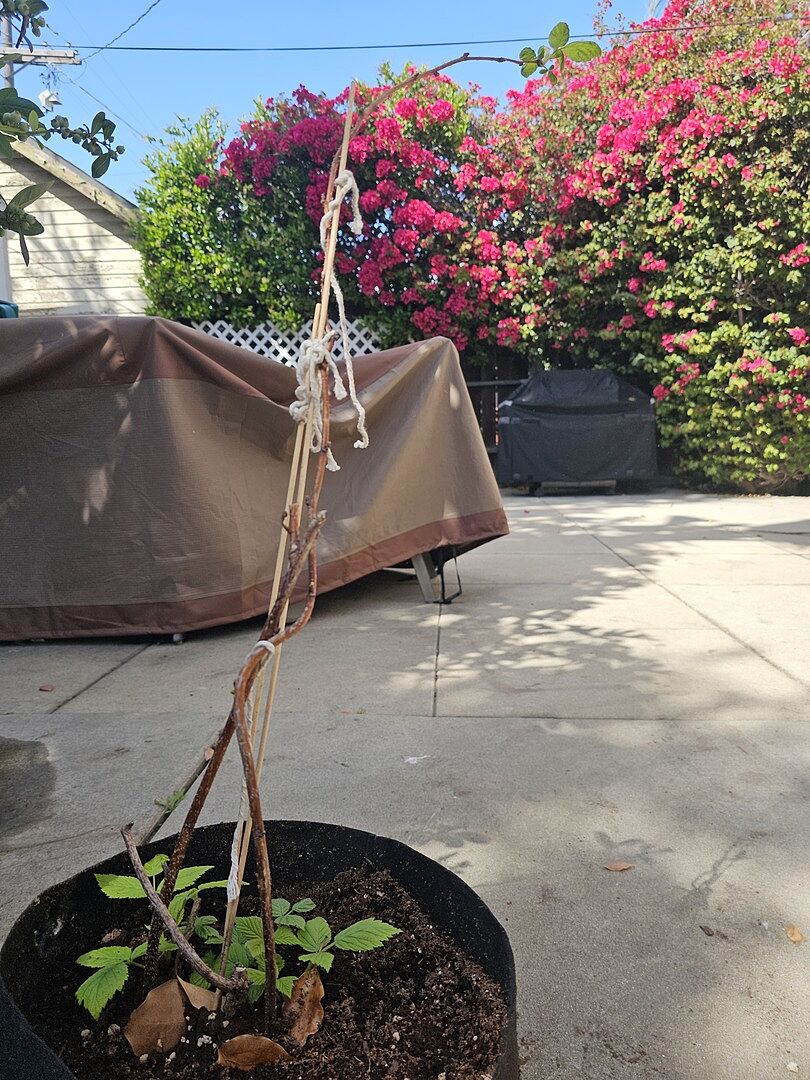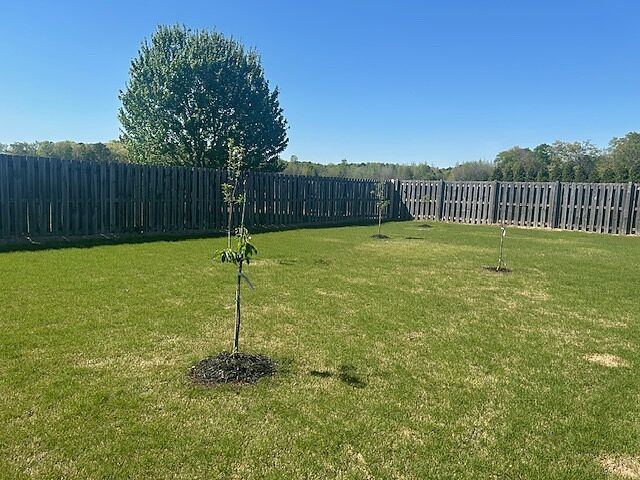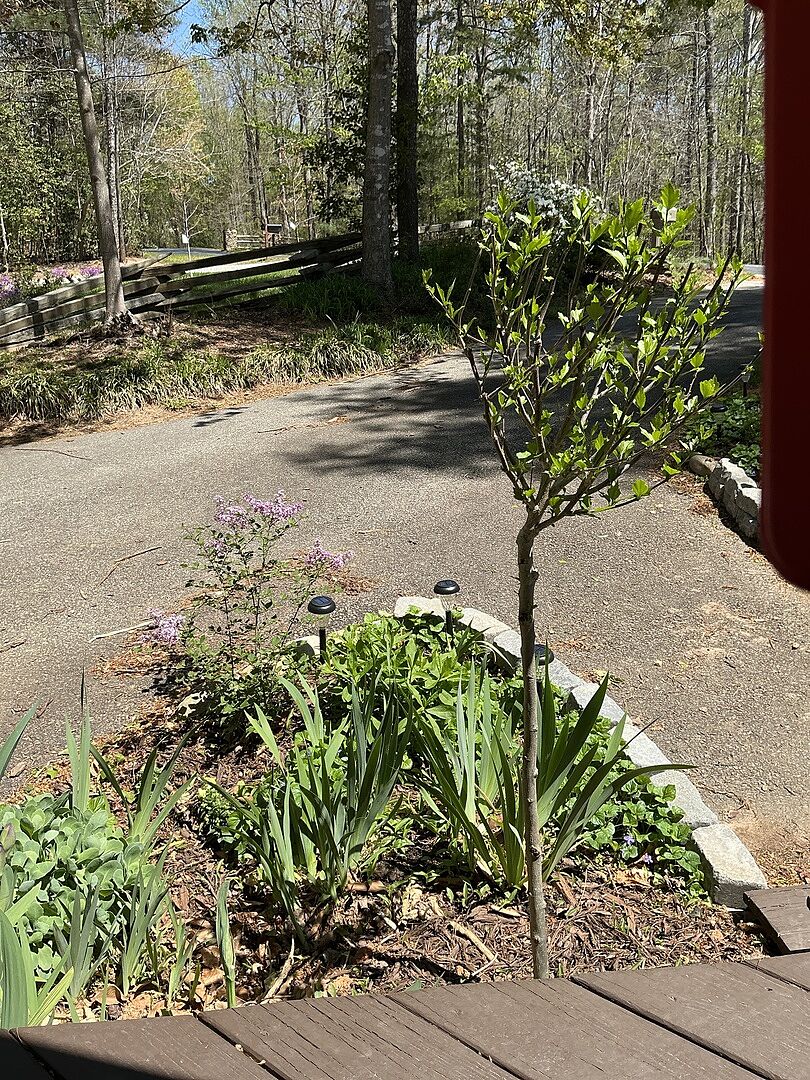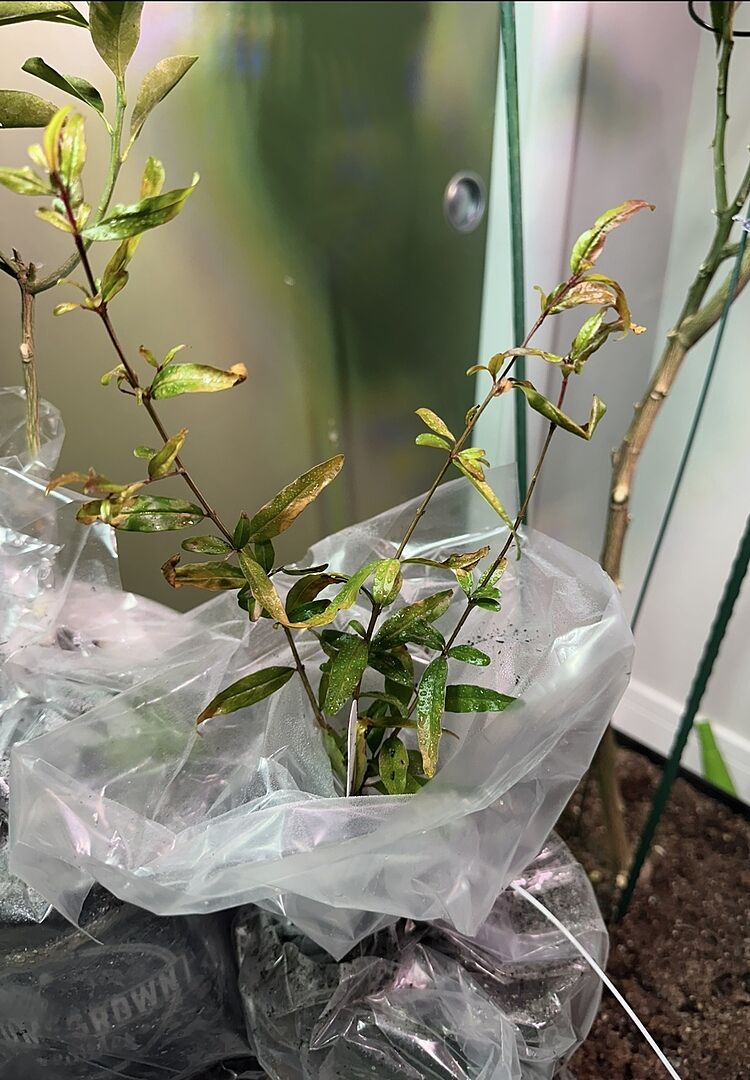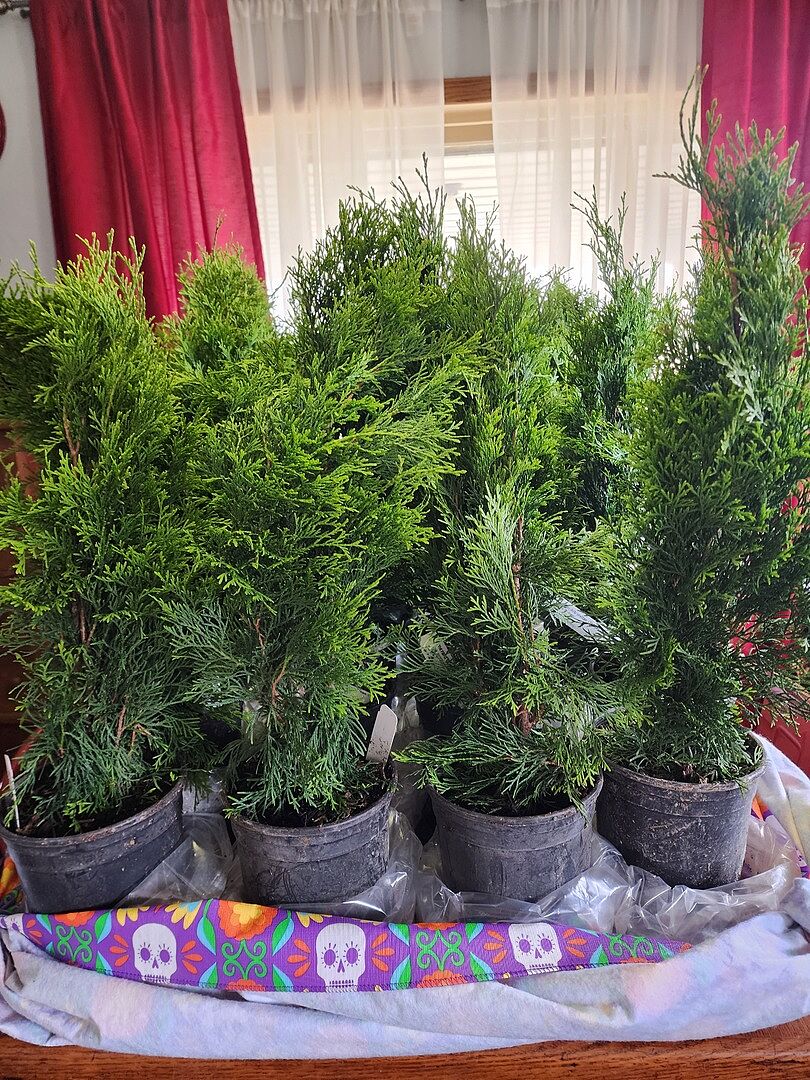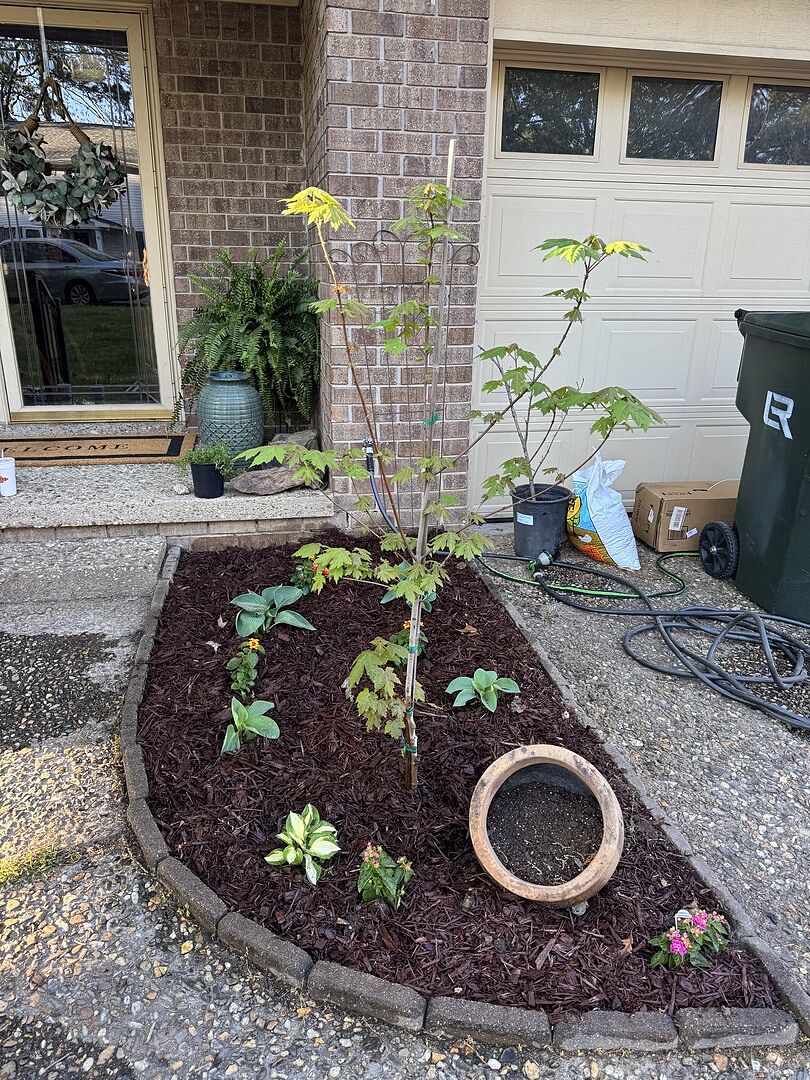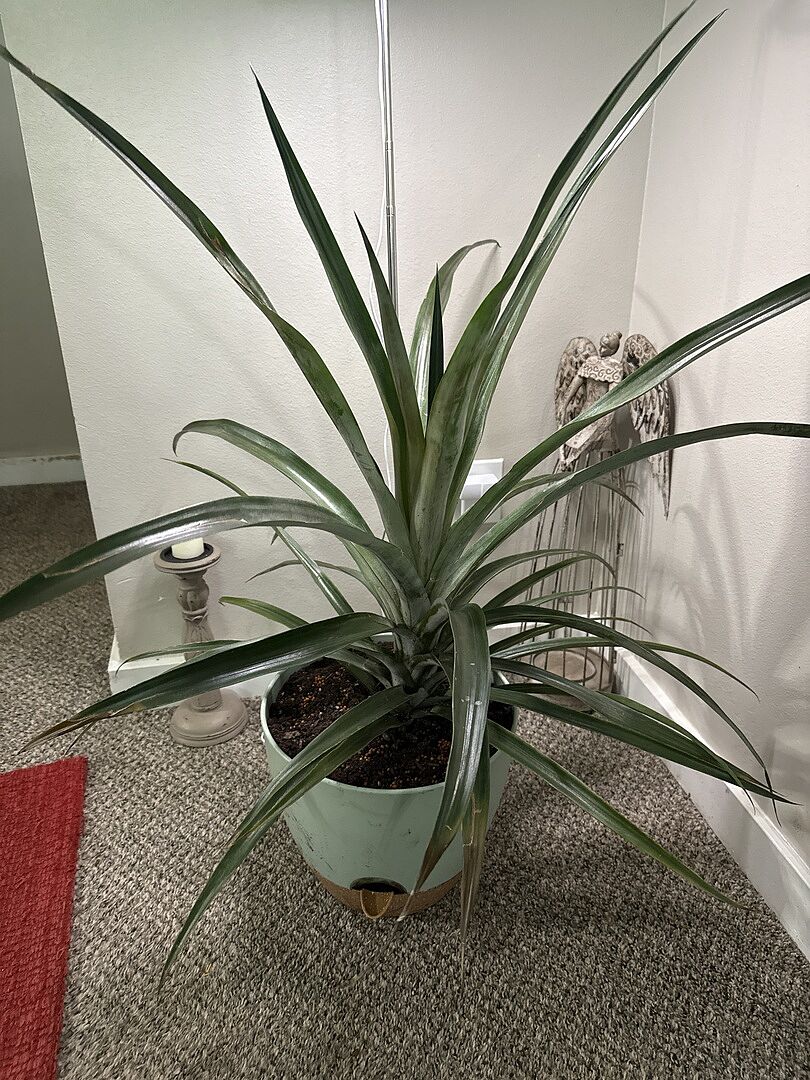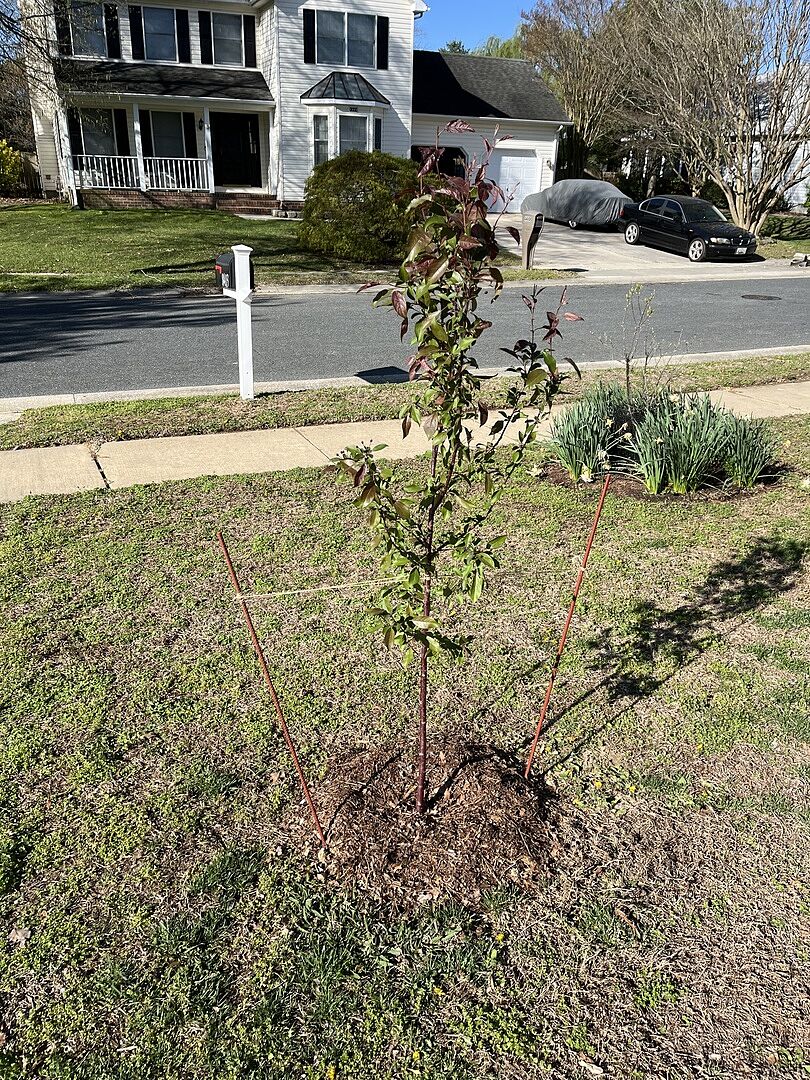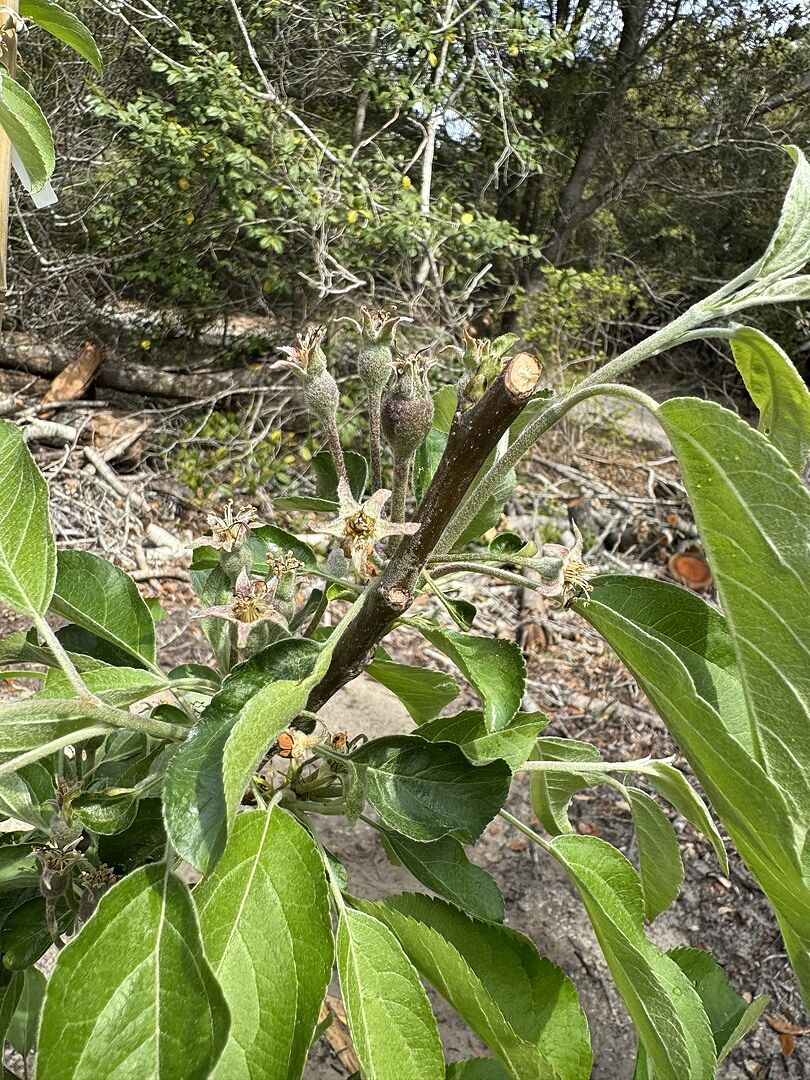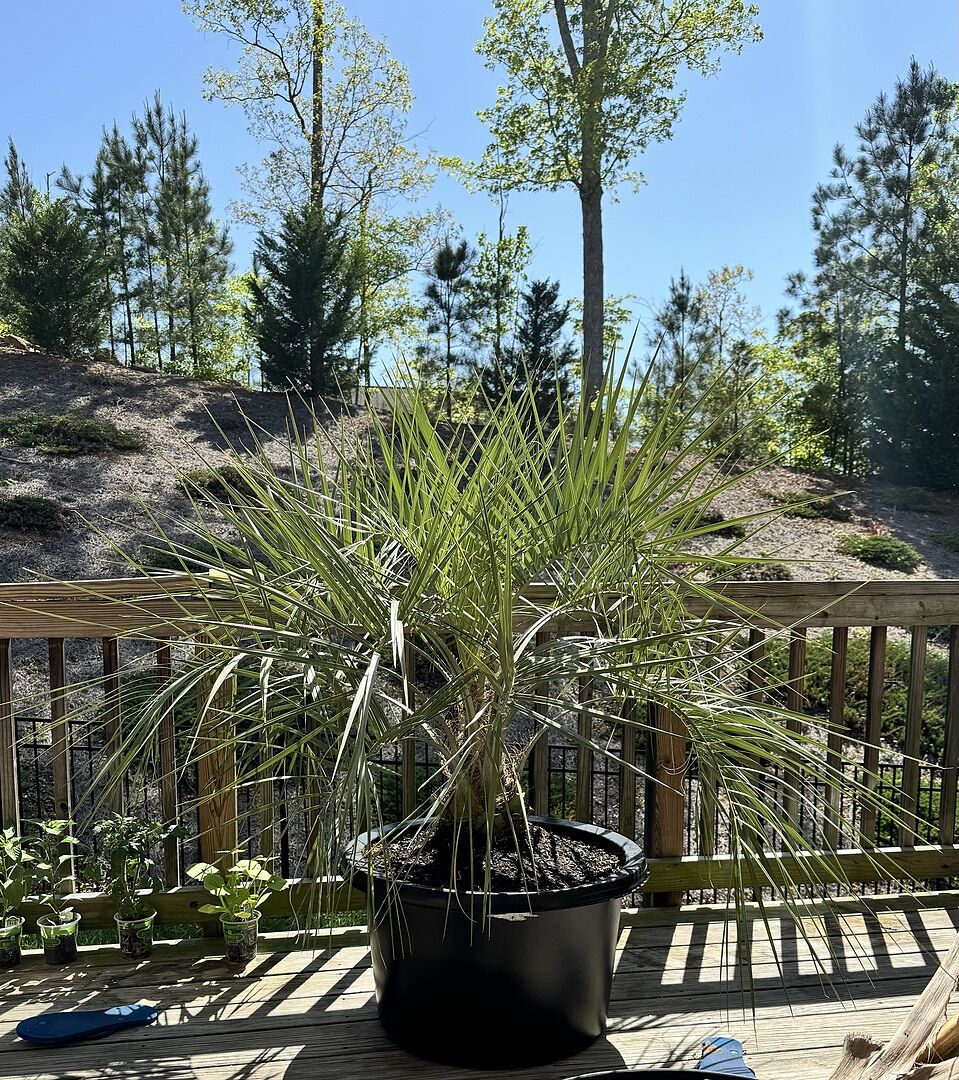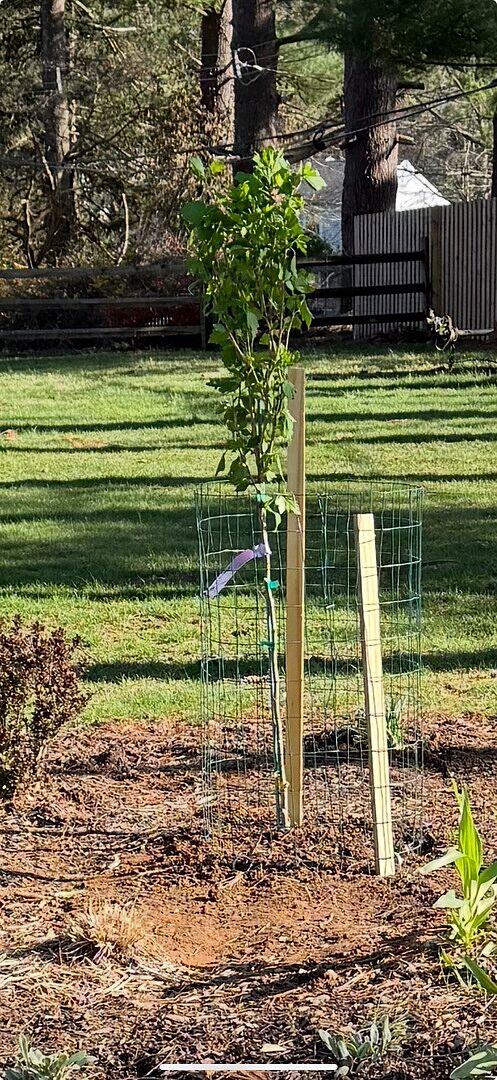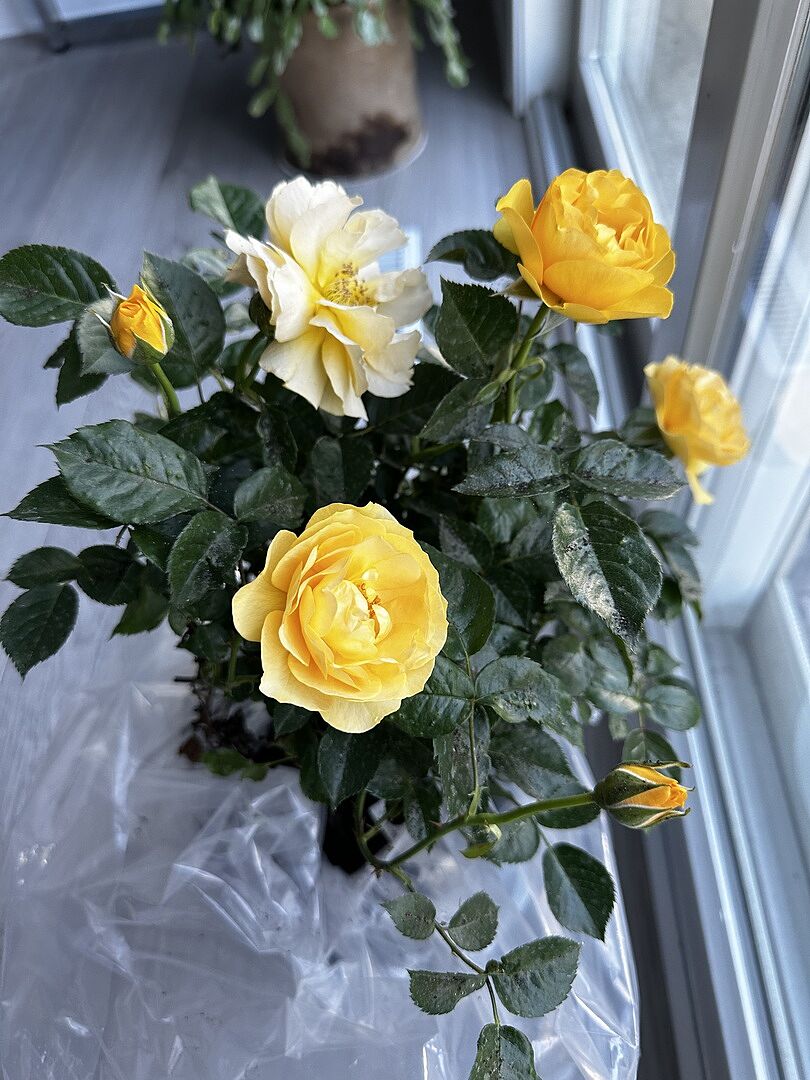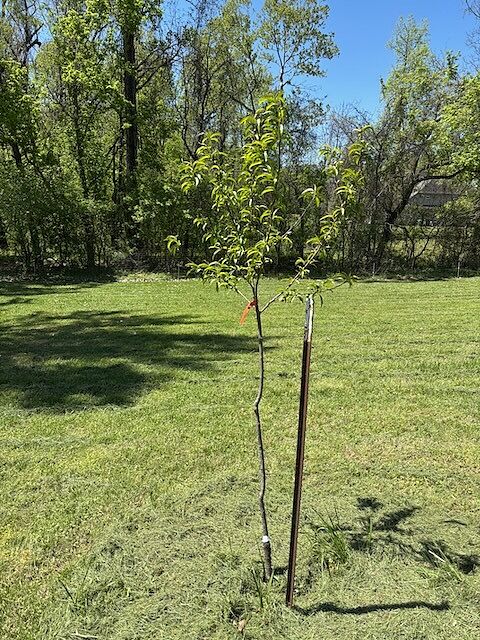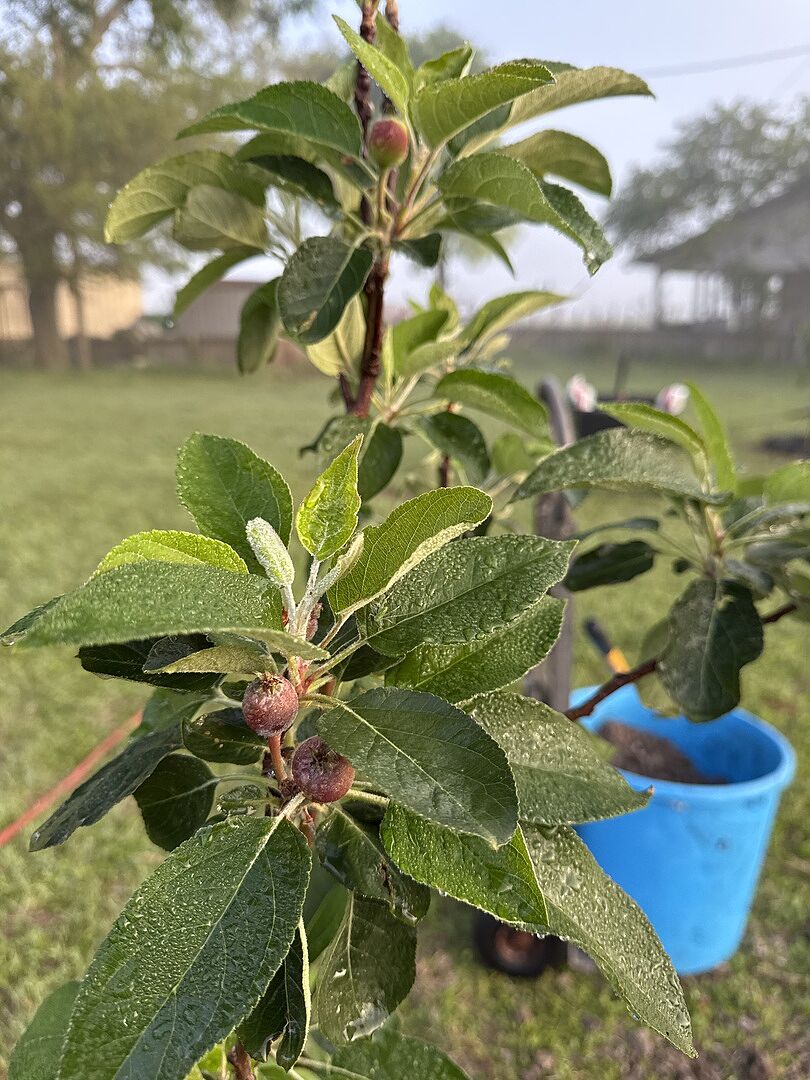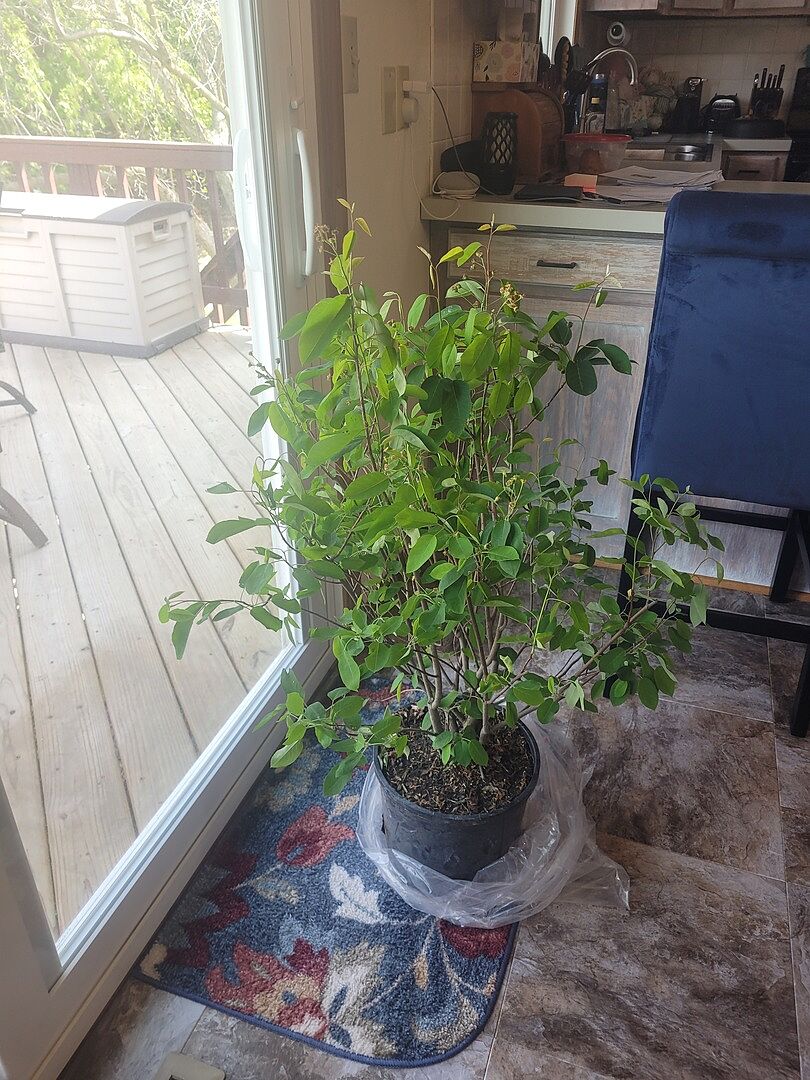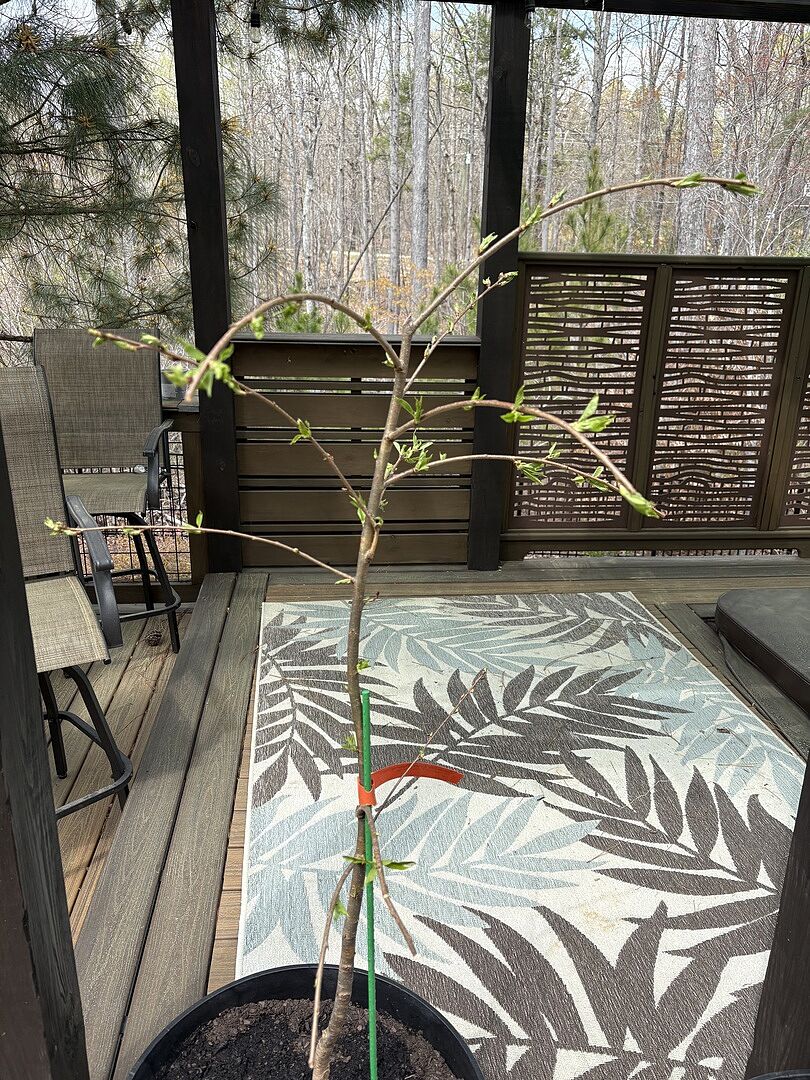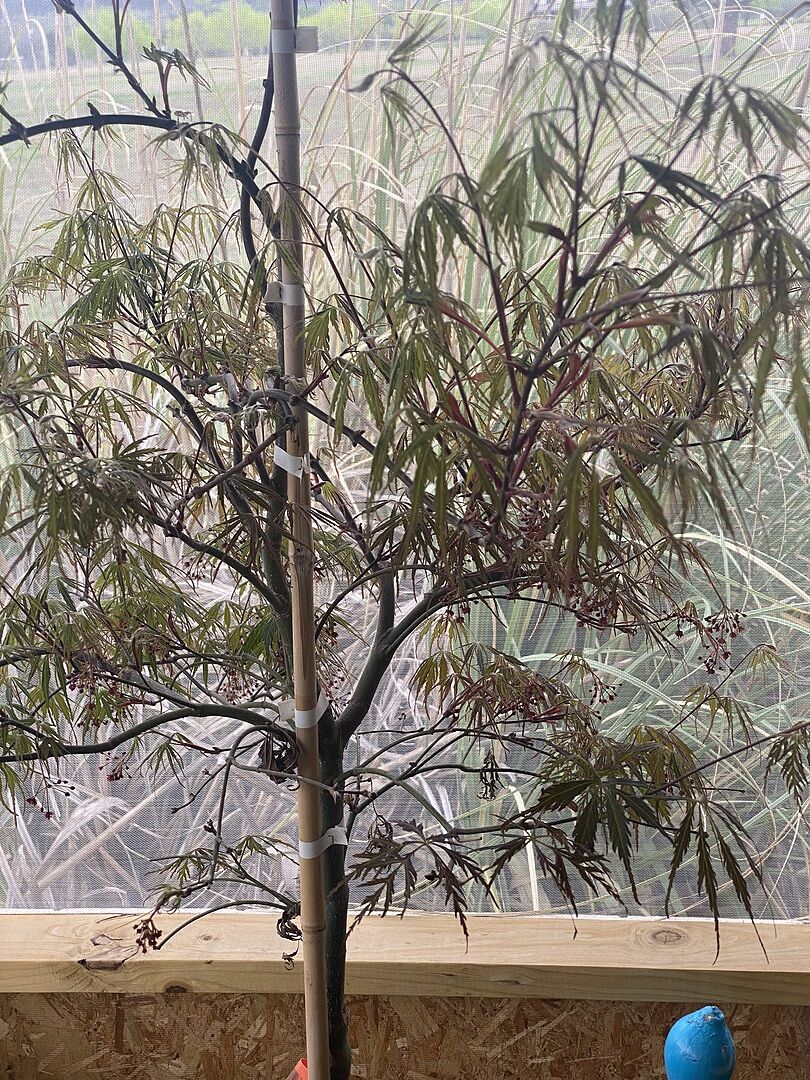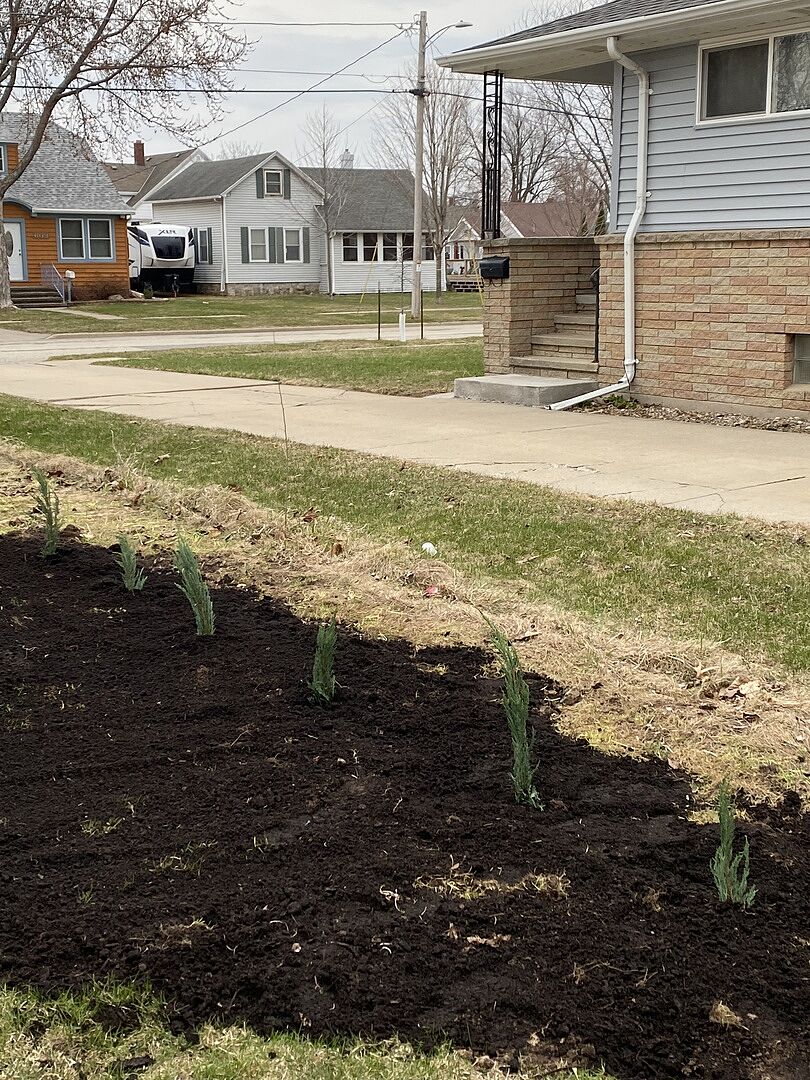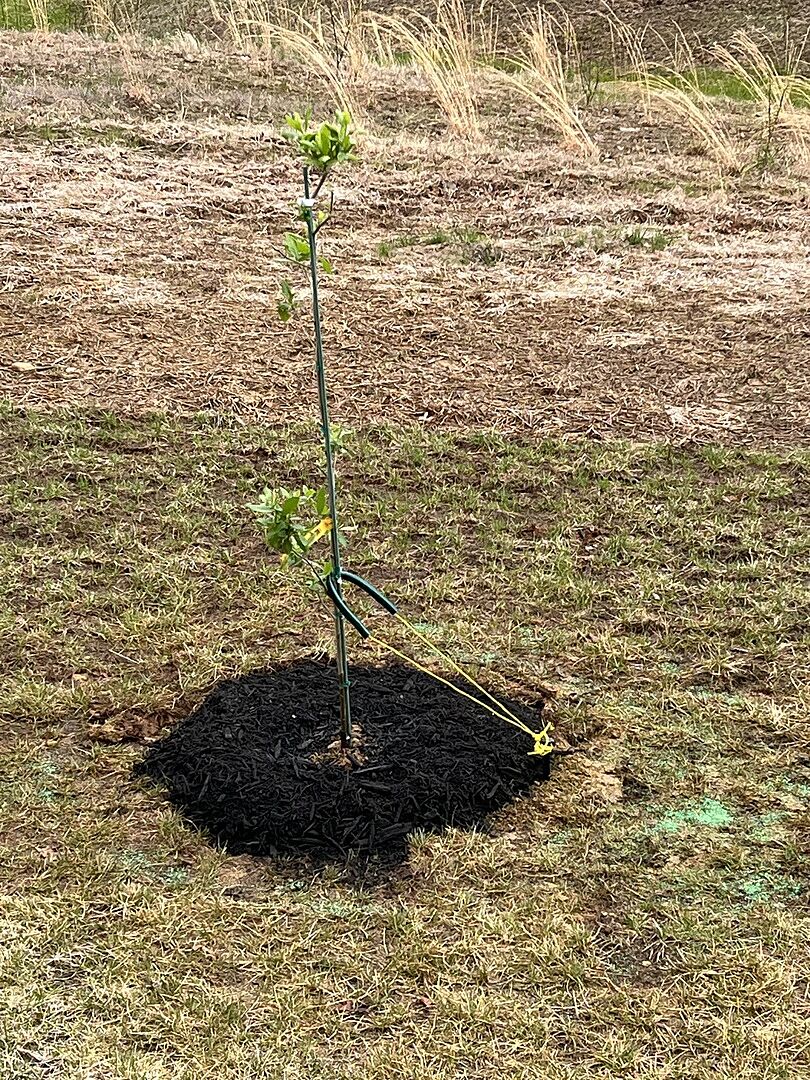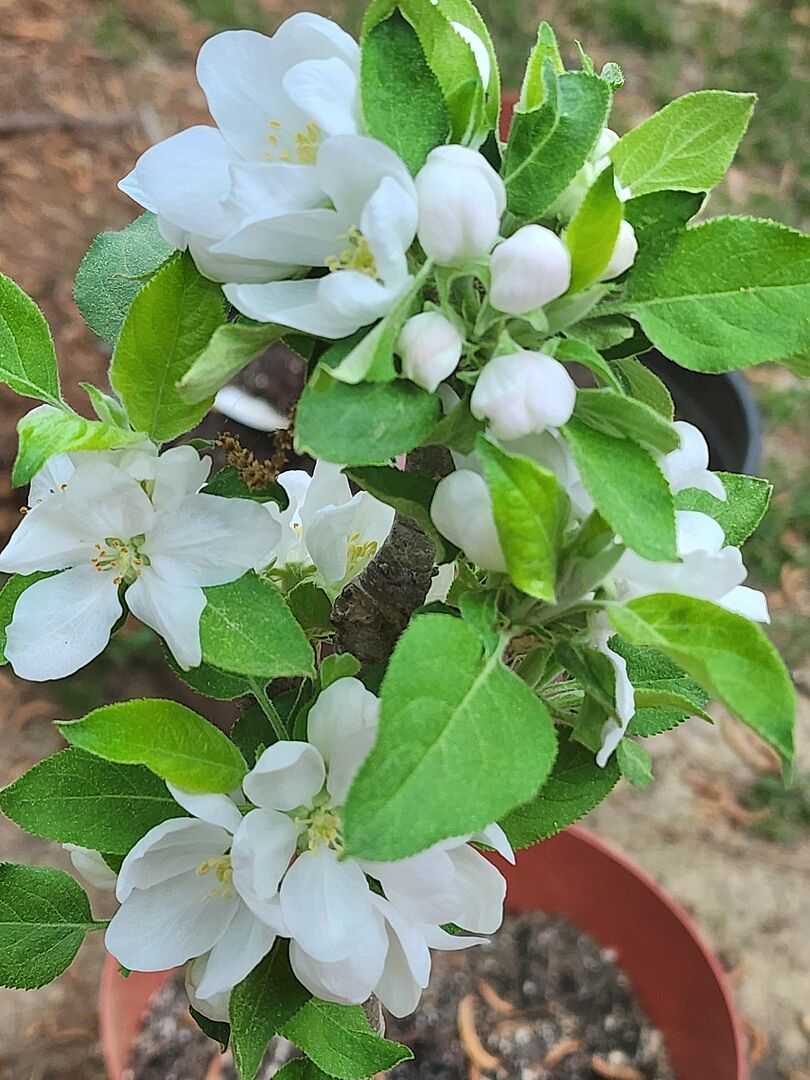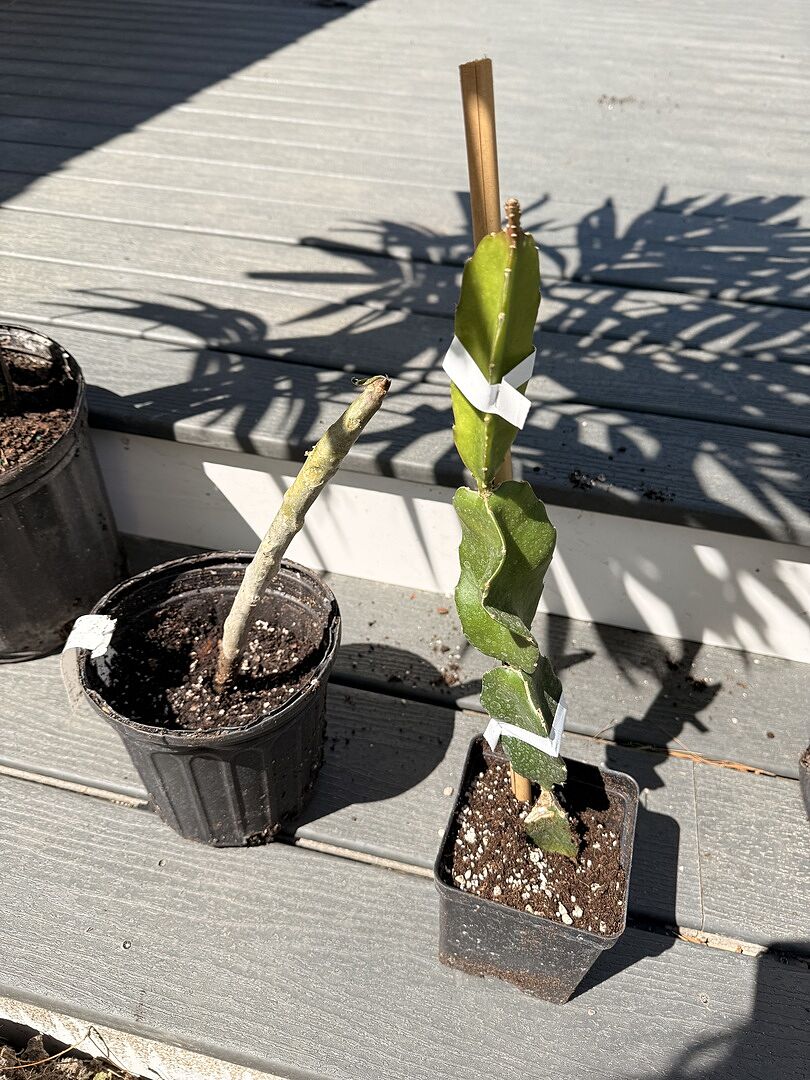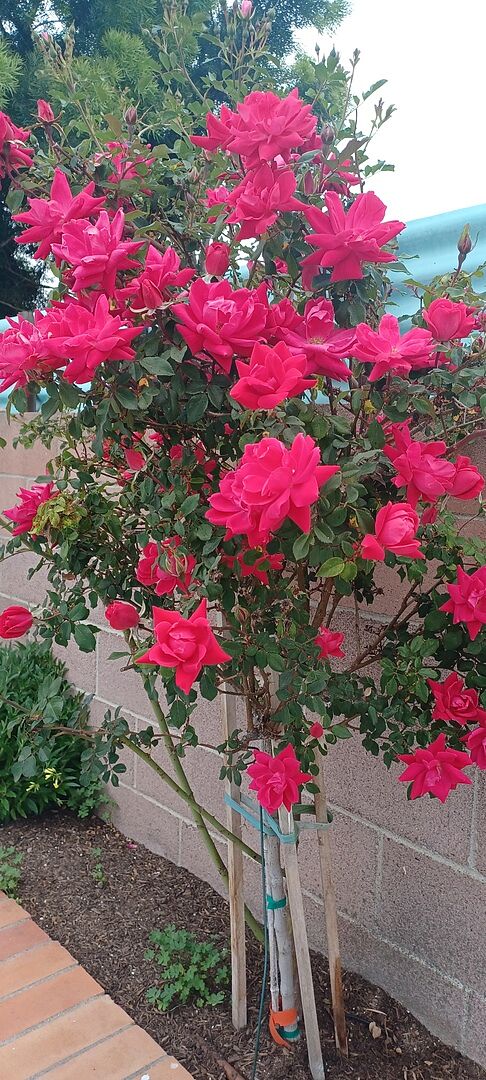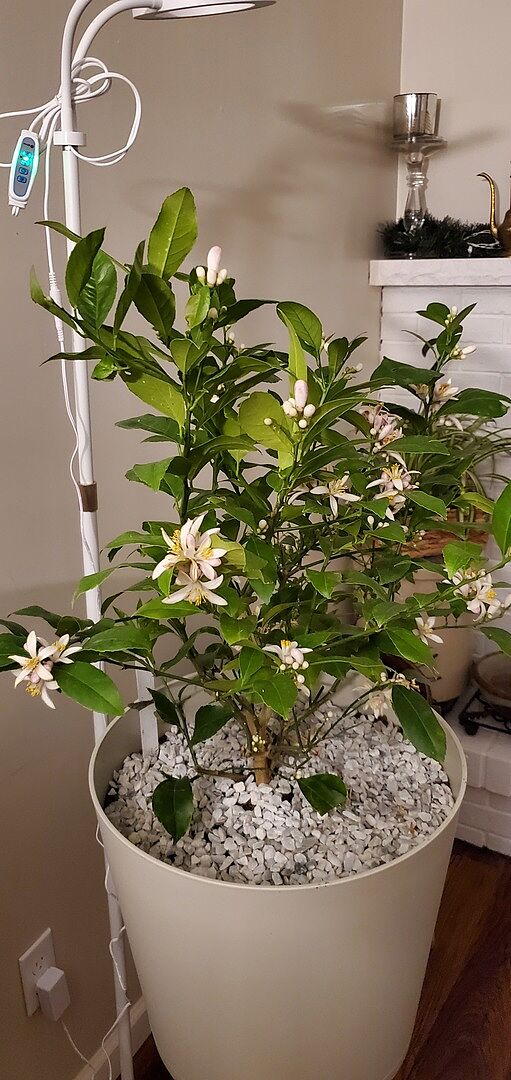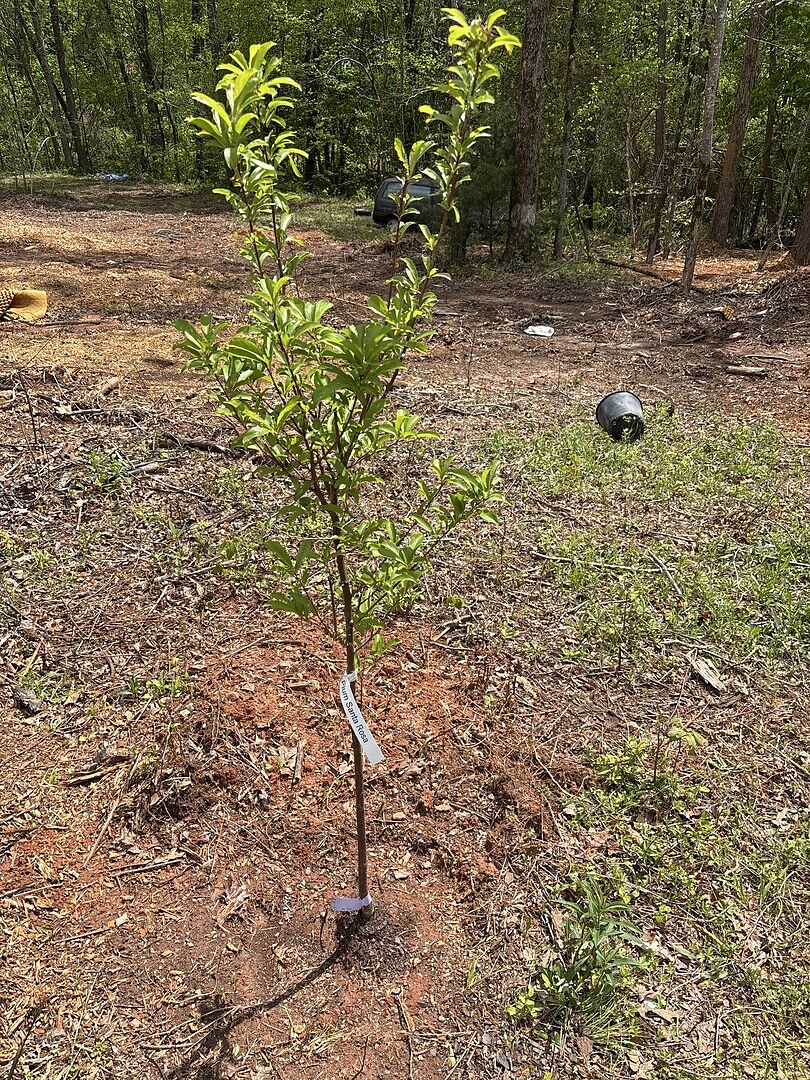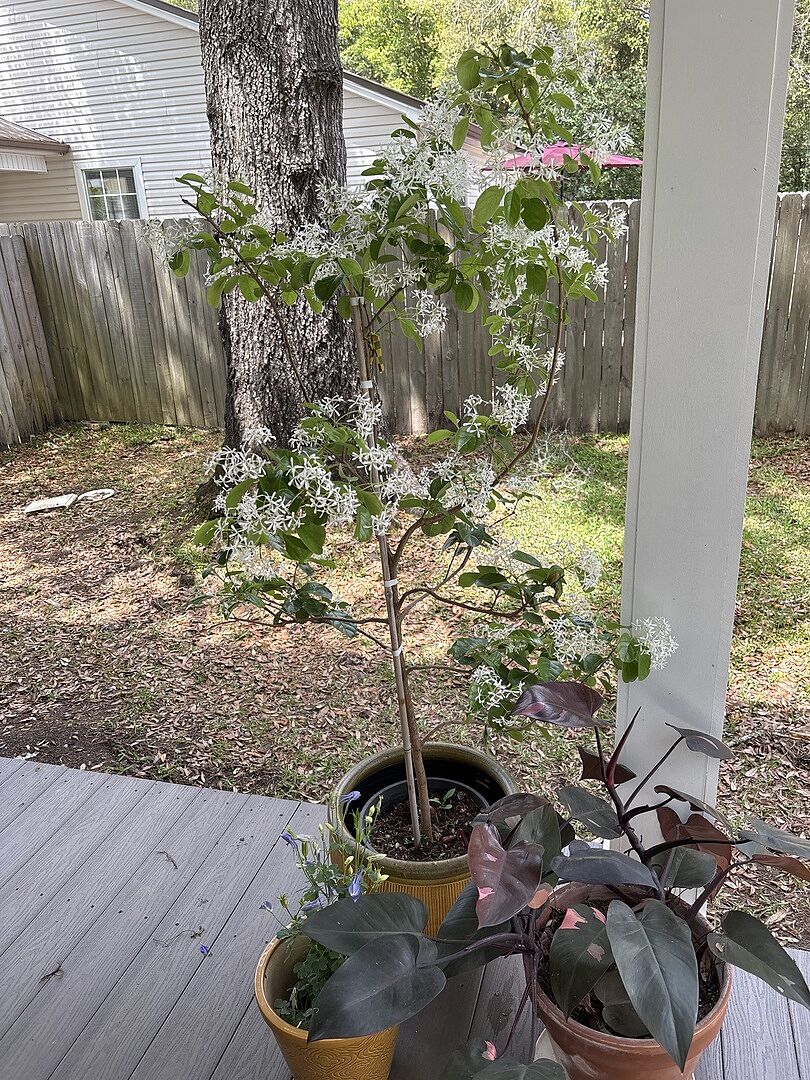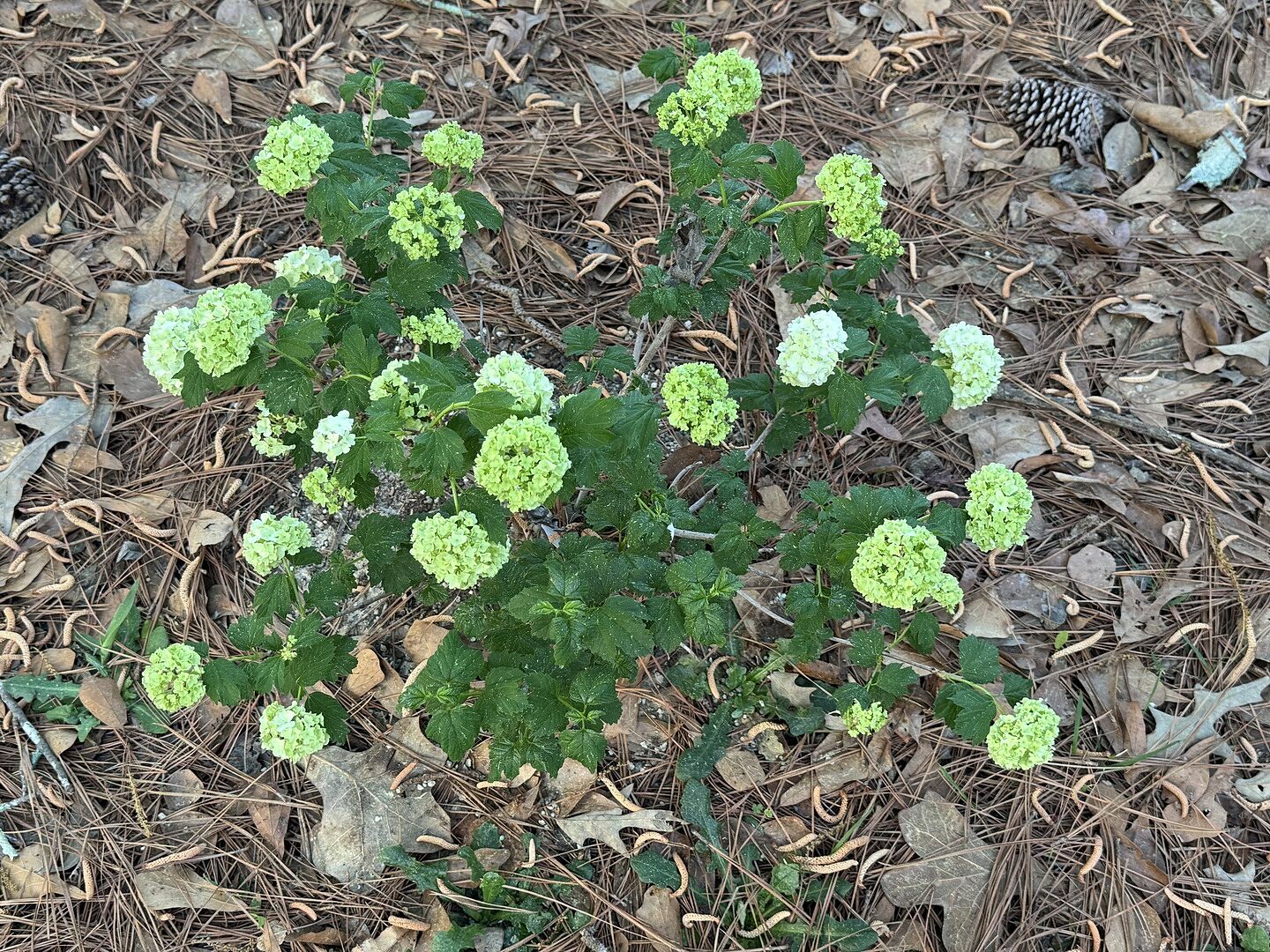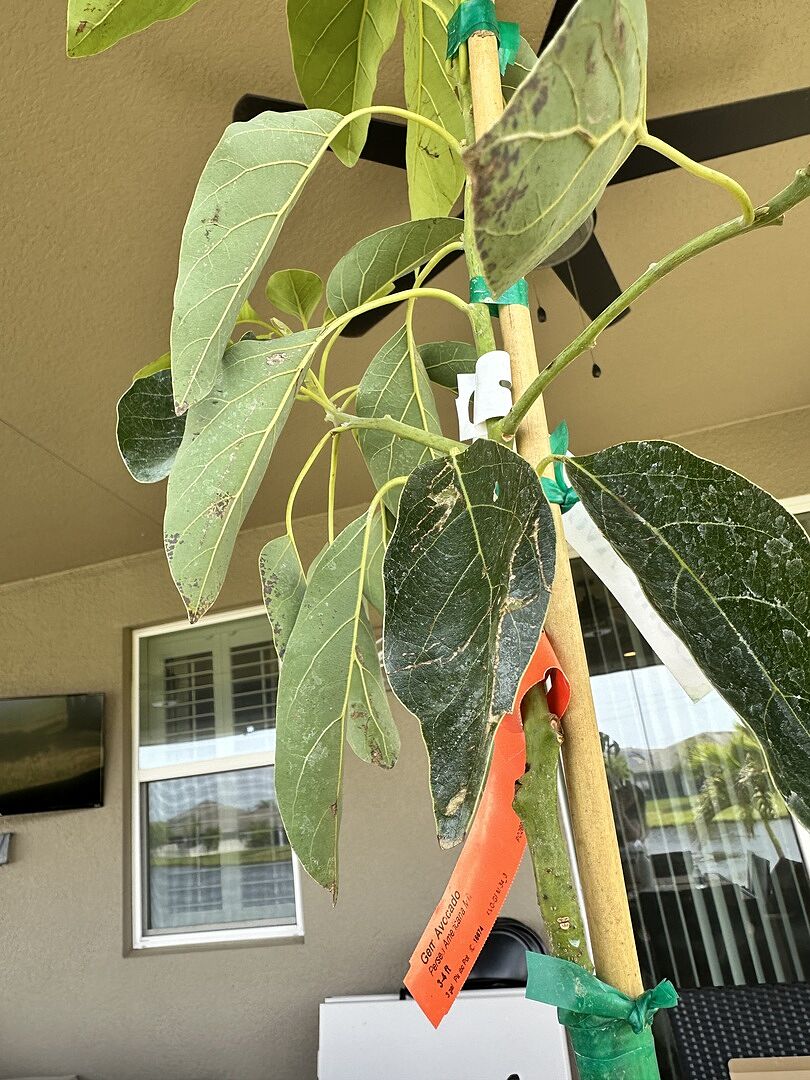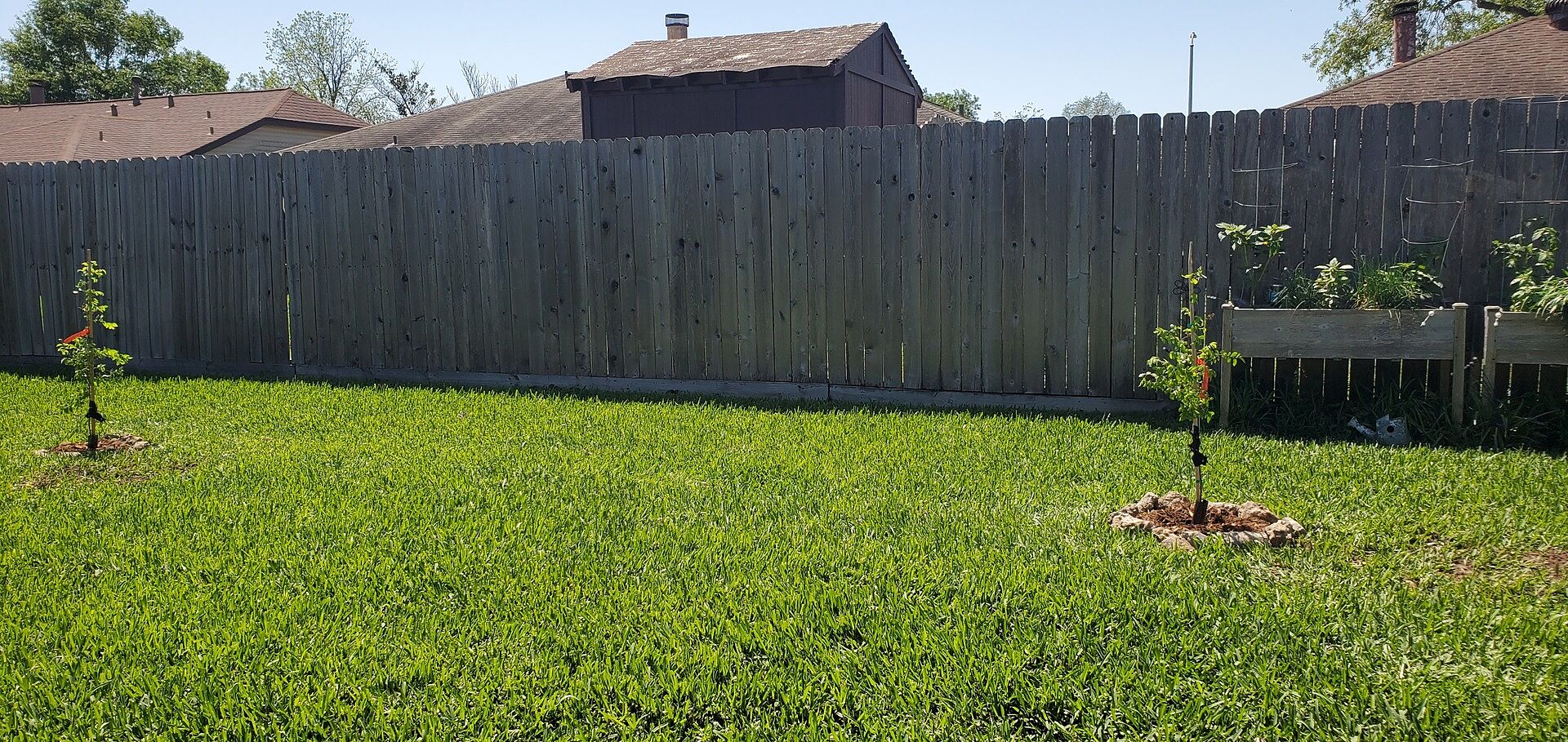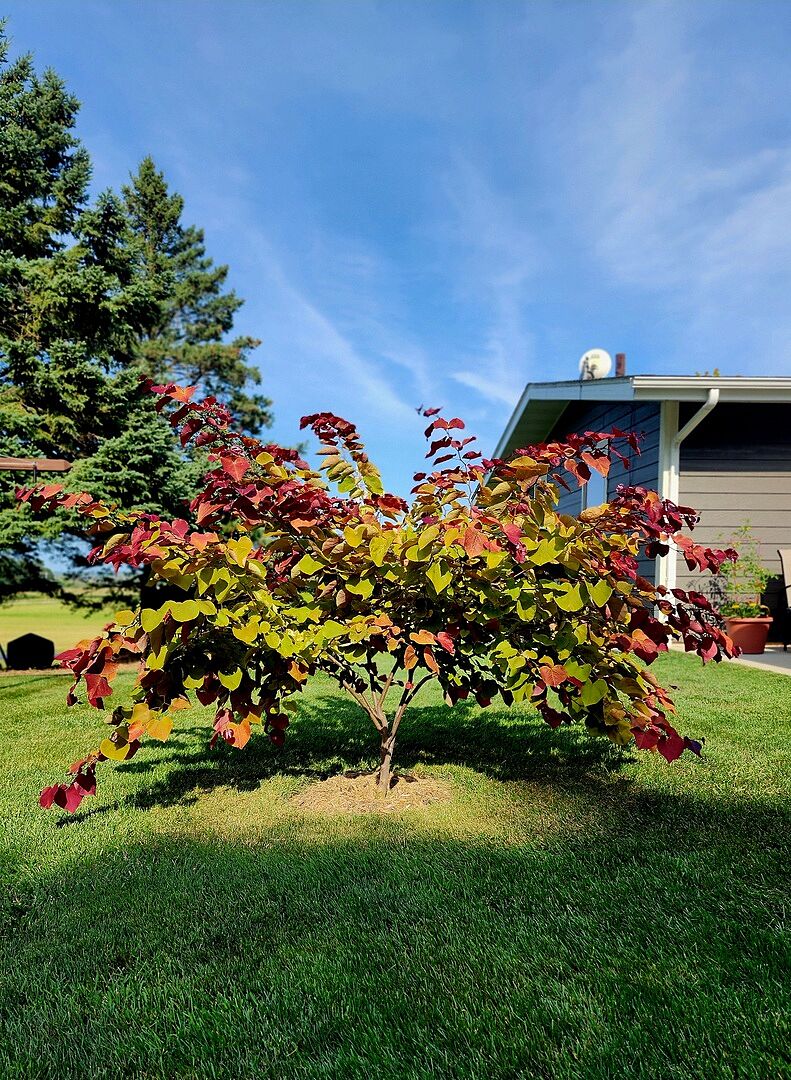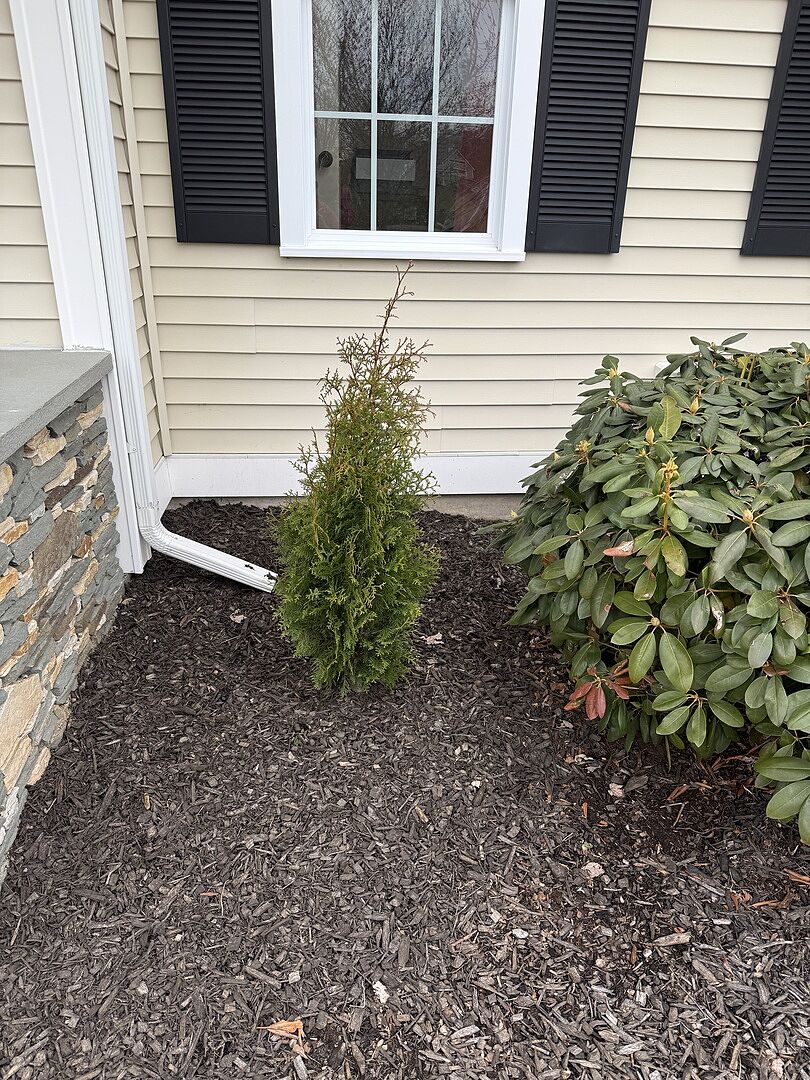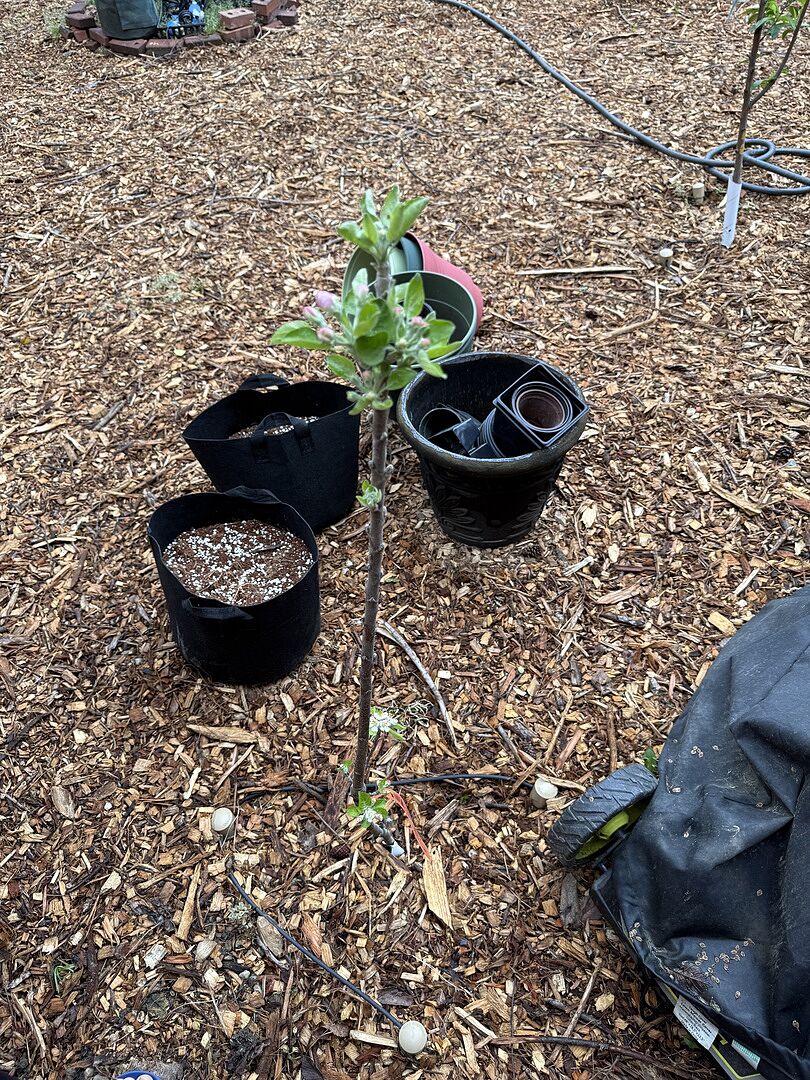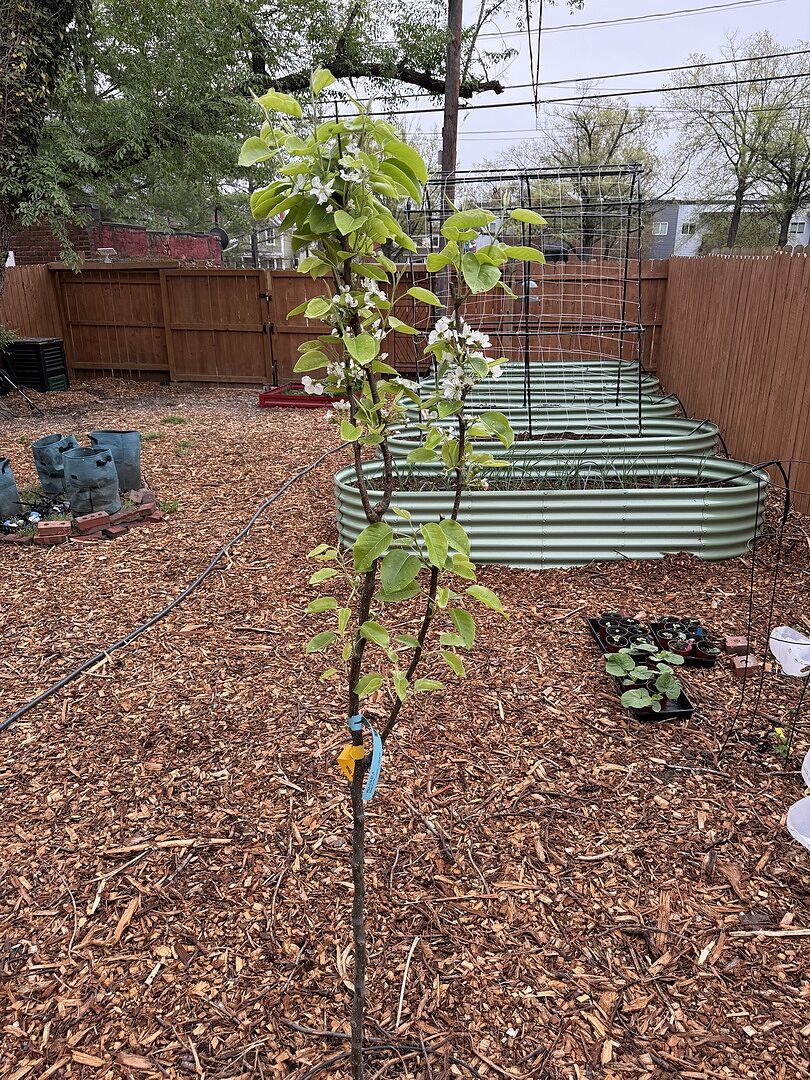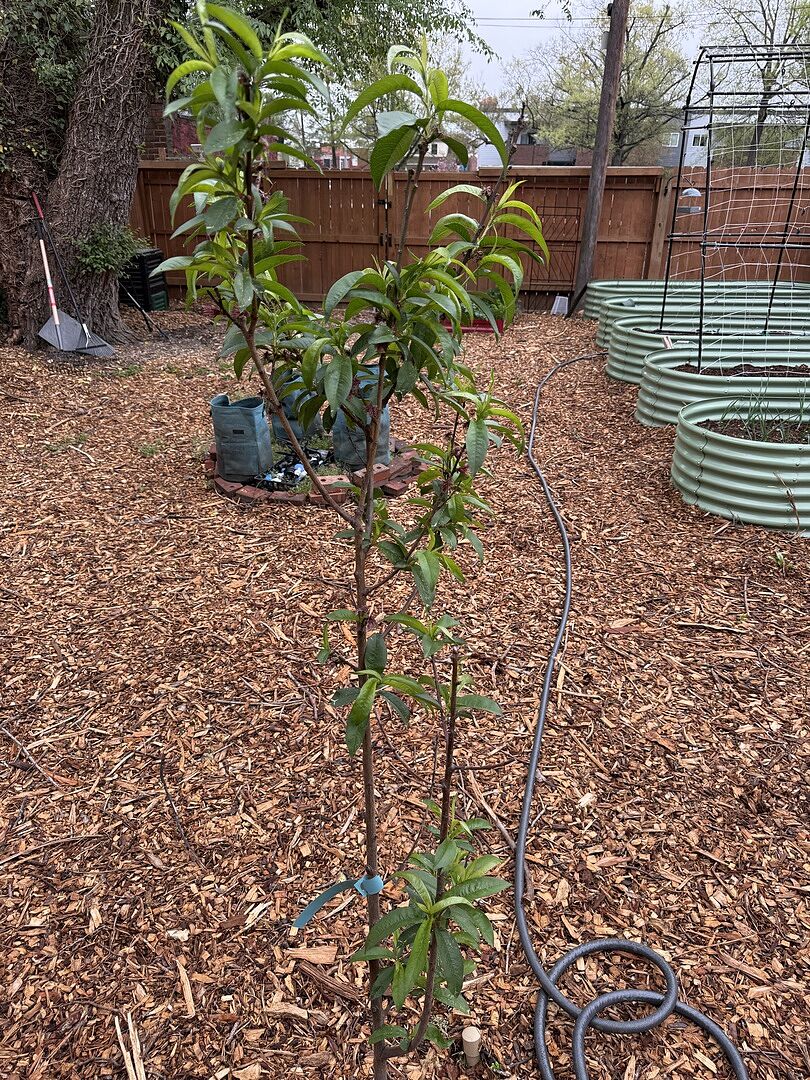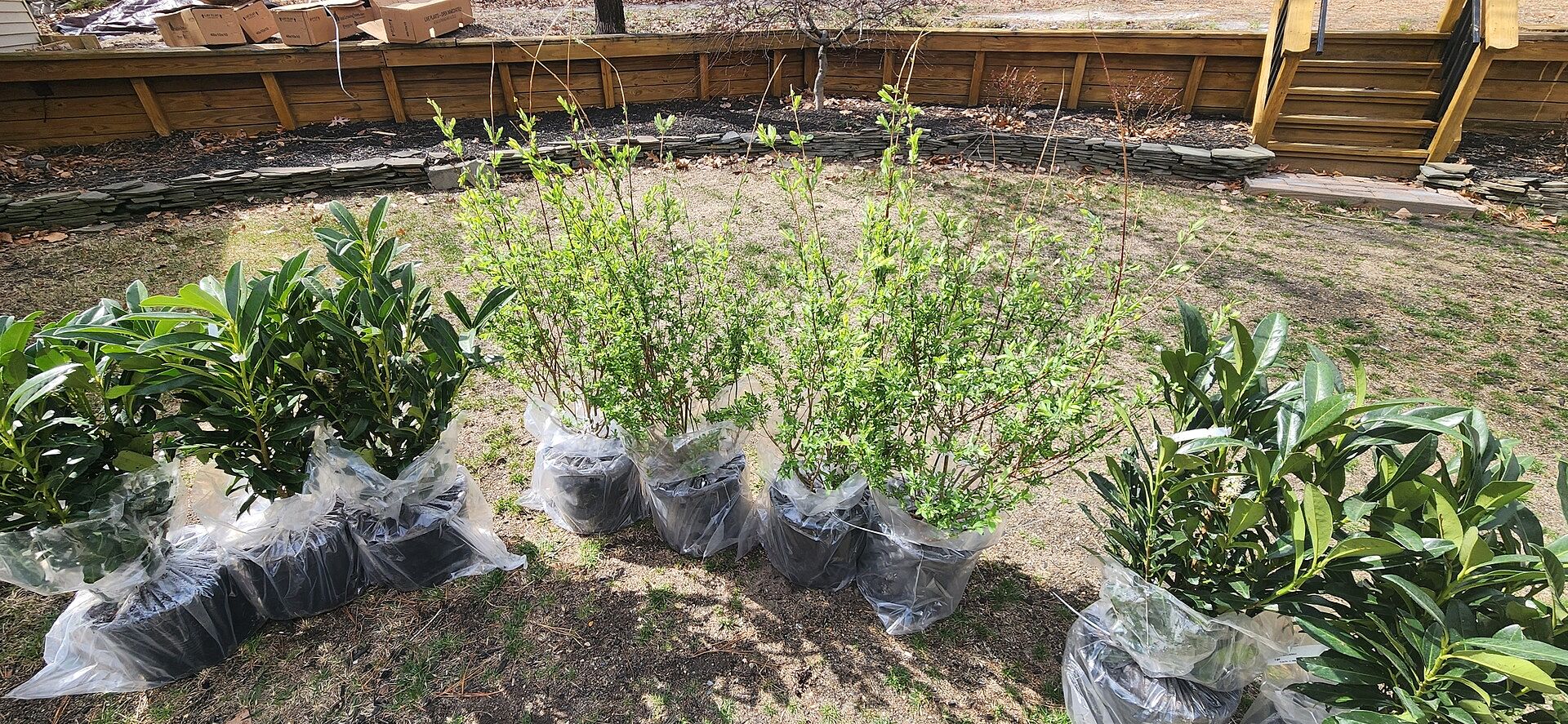Growing Zones Guide: Zone 6

Last updated: Feb 21 2022

If you’re located in Zone 6 and need some planting and care tips, check out our growing guide below for your area so you can grow confidently!
Where is Zone 6?
The USDA Hardiness Zone 6 runs through 38 states in the U.S., beginning in the east in southern New England and stretching south, encompassing Ohio and brushing into the northern Texas panhandle. It then curves northwest from New Mexico through Utah and Nevada to eastern Oregon and Washington.
Zone 6 experiences true winters and summers, making it friendly to a wide variety of flowers, shrubs and trees. And like other hardiness zones, it comprises two subzones—6a and 6b—that are separated by a five-degree minimum average temperature.

What to Consider When Planting in Zone 6
Each USDA hardiness zone has 10 degrees of minimum average temperature difference. For instance, Zone 11’s minimum temperature rarely falls below 40°F, giving it a nearly year-round growing season. By comparison, mid-April is outdoor planting time for Zone 6, and low temperatures can range from -10°F to 0°F.
It’s pertinent that any permanent plantings you choose to plant in Zone 6 are hardy to that zone. Hardiness means that they can withstand the minimum average temperature well enough to thrive each year. Summertime in any zone works well for annual plants and flowers such as Zinnias and Coleus, but perennials, shrubs and trees need to withstand the minimum temperature in your planting zone.
It’s also imperative to understand your soil conditions before planting. Soil can vary greatly from area to area, and your soil’s health will directly affect your plants’ health. Consider things like composting, soil additives, and soil conditioners–these will give your new plants and shrubs a great head start as they acclimate to your landscape.
In addition, if you have broad shade patches or areas near running water, lakes, or ponds, you’ll want to consider how those things will affect your soil, as well. Areas with no shade can become extremely dry, so be sure to plant with that in mind too. In general, observe your property so you can make informed planting decisions.
Choosing Plants for Zone 6
Once you understand your climate and landscape, it’s time to pick the appropriate plants that will match your needs. Zone 6 plays host to a wide variety of plants and shrubs. Below are a few categories and specific varieties we recommend planting in Zone 6:
Shade Trees
Lush foliage and shade add beauty to your property. Whether you want changing fall colors or large, fast-growing statements, here’s some shade trees that do well in Zone 6:
- Heritage® River Birch (shown below): This gorgeous tree is popular for a reason. With unique, peeling bark, color-changing foliage, deer and disease resistance, soil adaptability, and more, this elegant variety is easy to grow, strong and durable and well-suited for Zones 4-9. It’ll reach a mature height of 40-50 feet, creating excellent shade cover anywhere in your yard.

- Emperor Japanese Maple: Thriving in Zones 5-8, this refined and graceful Japanese maple produces stunning fall color with delicate foliage, changing from purple hues to shades of crimson red. It’s mature height and width of 12-15 feet makes it large enough to plant as a focal point in your yard yet compact enough for smaller garden spaces. Easy to plant and care for, you’ll enjoy this maple’s effortless, eye-catching growth.
- White Oak Tree: Durable, timeless and beautiful, the White Oak Tree will impress with an amazing mature height of 40-100 feet and a wide shade canopy. Thriving in all kinds of climates, from Zones 2-9, this strong and sturdy Oak tree is a reliable and rewarding choice. And with stunning foliage that changes with the seasons, you’ll want to add this easy-care statement piece to your landscape right away!
Evergreens
There’s nothing like the smell of fresh pine on a cool day, and Zone 6 is optimal for growing fragrant evergreen trees. Whether you want to add a hedge or create a micro-environment, evergreens will serve your purpose with style. Here’s a few options that thrive in Zone 6:
- Eastern White Pine: Growing 50-80 feet tall and 20-40 feet wide, this tree lives for generations and acclimates to nearly any environment. The Eastern White Pine sports attractive year-round, evergreen foliage and attracts birds and other wildlife for added appeal. Drought-tolerant and cold-hardy, this pine thrives in Zones 3-8 and will quickly fill any large, open space.
- Wissel's Saguaro Cypress (shown below): Grown to resemble the growing pattern of Arizona’s Saguaro Cactus, this unique cypress tree breaks up the landscape with an unusual and artistic silhouette. Growing to just 6 feet tall and 2 feet wide, this variety serves well as a border accent, doorway frame, or natural garden sculpture.

- Feelin' Blue® Deodar Cedar: This showstopper of a tree spreads graceful, draping branches away from its trunk and is covered with beautiful, blue-green needles. This cedar is low-growing, reaching around 5 feet tall and 5-10 wide in its maturity. Plant it up to beautify a retaining wall or grow it in a container for your patio. The Deodar Cedar is hardy from Zones 6-9.
Fruit Trees
The weather in Zone 6 can support many types of fruit trees, as well, so you can achieve a backyard orchard. There’s nothing like harvests of fresh fruit right from your own home! Here’s some excellent choices for Zone 6 fruit trees:
- Apple Trees: So many varieties of apples thrive in Zone 6 that it’s difficult to list them all. For eating, the Fuji, Honeycrisp™ and Pink Lady® varieties are all great options and easy to maintain. In addition, the classic, tart Granny Smith also grows well in Zone 6 if baking is your thing. More unusual varieties include the Crispin, the Arkansas Black, and the flavorful Winesap.
- Lapins Cherry Tree: This self-pollinating cherry tree produces 15-20 gallons of fruit in its maturity and will fruit in its first year. It is low-maintenance and grows 15-20 feet tall, making it a perfect choice for a flowering beauty and bountiful fruit producer.
- Santa Rosa Plum Tree (shown below): These dusky, deep-purple plums are the most popular sweet plums grown in the U.S. Self-fertile and fast-growing, they’ll produce fruit in their first year with the fruit ripening in August. This medium-size tree takes up little space in your yard, making it ultra versatile. The Santa Rosa Plum is hardy outdoors from Zones 5-9.

Flowering Trees and Shrubs
Flowering trees and shrubs are a beautiful way to elevate your landscape. From bright, colorful blooms to fragrances, textures and visual appeal, they’ll instantly add to your garden aesthetic. Try out these particularly perfect varieties:
- Eastern Redbud: This airy tree lights up the landscape with its deep fuchsia flowers that welcome the change of seasons after winter. Despite its delicate appearance, this tree easily resists ice damage and adapts to most soil types. Combine these characteristics with bright fall foliage and the ability to bloom on old branches, and you’ll have a winner to enjoy year after year.
- Royal Star Magnolia (shown below): If you’re looking for a showy flowering tree, this dramatic magnolia produces huge, fragrant blooms in the spring that cover nearly all of their branches. Growing up to 20 feet tall, the Royal Star is low-maintenance with ornate, star-shaped blooms that are completely one-of-a-kind. Plant one or several to give yourself a springtime treat of beauty and exceptional fragrance!

- Royal Purple Smoke Tree: The Royal Purple Smoke Tree’s deep purple-red foliage contrasts with every landscape, and its wispy, smoke-like purple blooms instantly attract the eye from afar. This moderate-growing beauty is easy to care for, versatile, adaptable to most soil types, and withstands drought conditions. Reaching around 15 feet tall, this stunning and texture-filled tree is hardy from Zones 5-9.
Perennials
The list of perennials that thrive in Zone 6 is vast. You can pack your garden with Bee Balm, Salvia, Hosta, Lavender, and Phlox, to name a few. Hummingbirds and pollinators will come calling to these flowers and many others, and you’ll get to enjoy them year after year. If you’d like to try shade perennials, Astilbe, Bleeding Heart, and some varieties of Hostas add interest and attractive blooms in areas with less sun. Try the selections below for perennial inspiration!
- May Night Salvia (shown below): The May Night Salvia is one of the easiest perennials to plant, making it ideal for gardens of all kinds. With this variety you can expect months of vibrant purple color and texture, perfect for adorning borders, mixed beds, and patio containers. Drought tolerant once established and resistant to rabbit and deer, as well as fragrant and pollinator attracting, it doesn’t get much better than this!

- SuperBlue Lavender: Bright, purple-blue blooms and enticing fragrance fill the SuperBlue Lavender, making it a fantastic garden option. With a long growing season, you’ll enjoy its stunning blooms from spring through fall. Ideal for creating a colorful, low hedge, accenting other plants or displaying in containers, this variety is versatile, a breeze to grow and easy to enjoy.
- Blue Moon Phlox: Boasting clusters of delicate, purple-blue blooms, Blue Moon Phlox is a show-stopping landscape addition. Providing vibrant color from spring through summer, you can't go wrong planting this low-growing variety along walkways, in mixed bed plantings or in containers. And its low-maintenance, easy-going nature tops it all off!
Planting in Zone 6
When planting in Zone 6, you’ll want to keep in mind the first and last frost dates because these will tell you when you can begin planting and when you should stop planting for the season. These dates can fluctuate by a couple of weeks, but in general, September 30th to October 30th is the first frost date, and March 30th to April 30th is the last frost date in Zone 6. These dates should be used as a baseline, as weather conditions can change quickly. Be sure to check your weather forecasts to determine the best time to plant in your area each year.
Final Considerations
Always do your due diligence when planning your landscape and garden. Knowing your soil type, subzone, sunlight amount and the general outlook of your landscape, as well as the needs of your prospective plants is key to a successful garden. Planning your landscape is a joy to undertake, but it’s important to give yourself the best advantage to maximize the enjoyment of your efforts. By following our tips above and giving our recommended plants a go, you should be well on your way to a flourishing garden in Zone 6!
Other Helpful Resources:

Written by
Sarah Logie
As Content Strategist at FastGrowingTrees.com, Sarah is smitten with words and a fanatic for flowers, particularly cut florals and house plants. With a love for curating compelling content, she also enjoys furthering her plant knowledge along the way! A few of her favorite flowers include hibiscus, hydrangeas, peonies and dahlias.
Sarah’s fondness for plants was cultivated through many childhood trips to Longwood Gardens in southeastern Pennsylvania, as well as through her first job out of college at a floral event design company. In her free time, catch her snapping photos of anything and everything, day-dreaming about interior decor, and enjoying the outdoors any chance she gets.













